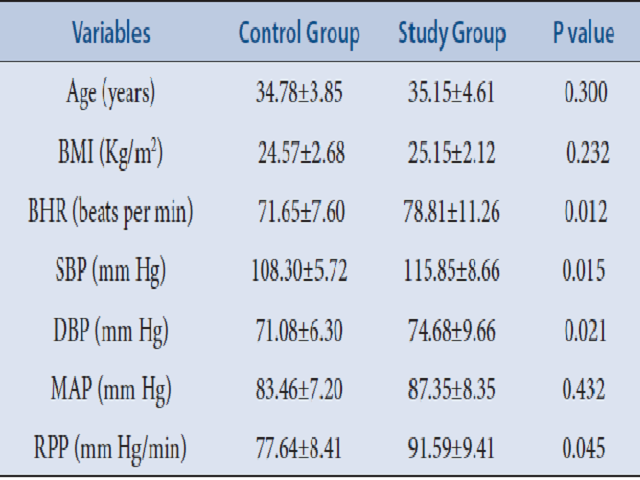Assessment of Cardiovascular Risk in People Living with Epilepsy
Abstract
Background and Aim: Increase prevalence of cardiovascular morbidity and mortality has been reported in people living with epilepsy (PWE) compared to the general population. This study was done to assess the cardiovascular risk of PWE using Heart rate variability (HRV) and Blood Pressure variability (BPV) techniques. Methods: Twenty-seven patients with epilepsy and thirty age and gender-matched healthy individuals were included in the study and control group, respectively. Basal cardiovascular parameters (heart rate-HR, systolic blood pressure- SBP, diastolic blood pressure-DBP), HRV indices, and BPV parameters were recorded and compared between the study and control group individuals. In addition, the association of the Total Power (TP) of HRV with other study parameters was assessed by Pearson correlation coefficient test. Results: Cardiovascular parameters such as HR, SBP, DBP, rate pressure product, cardiac output and total peripheral resistance were significantly high in PWE compared to healthy individuals. Baroreflex sensitivity (BRS) and HRV parameters indicative of cardiac parasympathetic drive (TP, SDNN, RMSSD, and pNN50) were significantly low in these individuals. While a significant negative correlation was observed between TP, BHR and DBP, a significant positive correlation was observed between TP and BRS. Conclusion: Cardiac sympathovagal imbalance characterized by increased sympathetic and decreased parasympathetic activity was evident in PWE. These changes in the autonomic nervous system could predispose them to increased risk of cardiovascular morbidity.


This work is licensed under a Creative Commons Attribution-NonCommercial-NoDerivatives 4.0 International License.





